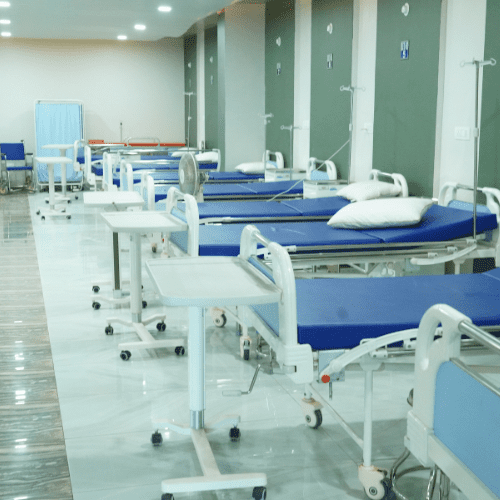The evolution of health insurance schemes in India reflects a growing recognition of the need for accessible and affordable healthcare for all citizens. Among the notable transitions in this landscape is the shift from the Bhamashah Swasthya Bima Yojana (BSBY) to the Chiranjeevi Scheme. This journey, particularly significant in the Indian state of Rajasthan, shows how governmental initiatives are adapting to meet the challenges of providing healthcare to economically vulnerable populations. By analyzing this evolution, one can appreciate the efforts undertaken to enhance the framework of health insurance and public health infrastructure.
Understanding the Transition: From Bhamashah Swasthya Bima Yojana to the Chiranjeevi Scheme
The Bhamashah Swasthya Bima Yojana was introduced with the noble intention of providing financial assistance to families grappling with health-related financial crises. It aimed to ensure that citizens could access essential medical services without the burden of crippling expenses. The BSBY facilitated cashless treatment at empaneled hospitals and aimed to cover a variety of medical procedures and ailments. However, several challenges plagued its implementation, including limited public awareness, bureaucratic hurdles, and issues related to the timely disbursement of benefits.
Recognizing the shortcomings of the BSBY, the Chiranjeevi Scheme was launched in 2021 to build upon its foundational principles while modernizing the approach to health insurance. The new scheme strives to create a more inclusive and comprehensive health insurance framework, targeting a broader demographic, particularly economically weaker sections of society. The Chiranjeevi Scheme not only retains the cashless treatment feature but also expands coverage to include critical illnesses and a more extensive network of empaneled hospitals.
The transition from BSBY to the Chiranjeevi Scheme represents a decisive step towards improving public health infrastructure in Rajasthan. By leveraging technology for better service delivery and streamlining processes, the Chiranjeevi Scheme seeks to address the challenges faced by its predecessor. This evolution highlights a commitment to ensuring that all citizens, regardless of their economic status, have access to quality healthcare and reinforces the notion that healthcare is a fundamental right.
Key Features and Impacts: The Chiranjeevi Scheme as a Modern Health Insurance Initiative
The Chiranjeevi Scheme signifies a paradigm shift in public health initiatives in Rajasthan, enhancing the framework laid by the Bhamashah Swasthya Bima Yojana. One of its most notable features is its comprehensive health coverage, which encompasses both inpatient and outpatient services, thus addressing a wider spectrum of healthcare needs. With an annual coverage limit of up to INR 5 lakh per family, the scheme ensures that families can access essential medical interventions without undue financial strain. This financial safety net is particularly crucial for marginalized communities that may otherwise avoid seeking treatment due to prohibitive costs.
In addition to extensive coverage, the Chiranjeevi Scheme adopts a digital-first approach, leveraging technology to streamline enrollment and enhance service delivery. Beneficiaries can easily register online, access policy details, and locate information about empaneled hospitals through a user-friendly mobile application. This emphasis on technological integration not only improves accessibility but also empowers citizens with the necessary tools to make informed health decisions, thereby enhancing their overall health literacy.
Moreover, the Chiranjeevi Scheme actively promotes preventive healthcare, emphasizing the importance of regular health check-ups and screenings to mitigate the risk of severe health issues. By focusing on prevention and early intervention, the scheme aims to alleviate the overall healthcare burden on families and the state, contributing to a healthier population. The anticipated impacts of transitioning to this scheme include increased awareness and utilization of healthcare services, ultimately leading to improved public health outcomes across Rajasthan.
The evolution from the Bhamashah Swasthya Bima Yojana to the Chiranjeevi Scheme reflects a significant advancement in health insurance initiatives aimed at enhancing the accessibility and quality of healthcare in Rajasthan. By addressing the shortcomings of its predecessor and introducing a more comprehensive, user-friendly, and preventive approach, the Chiranjeevi Scheme has the potential to transform the healthcare landscape of the state. This evolution underscores the importance of continuous improvement in public health systems and the ongoing commitment to ensuring that every citizen has access to the healthcare they deserve.




